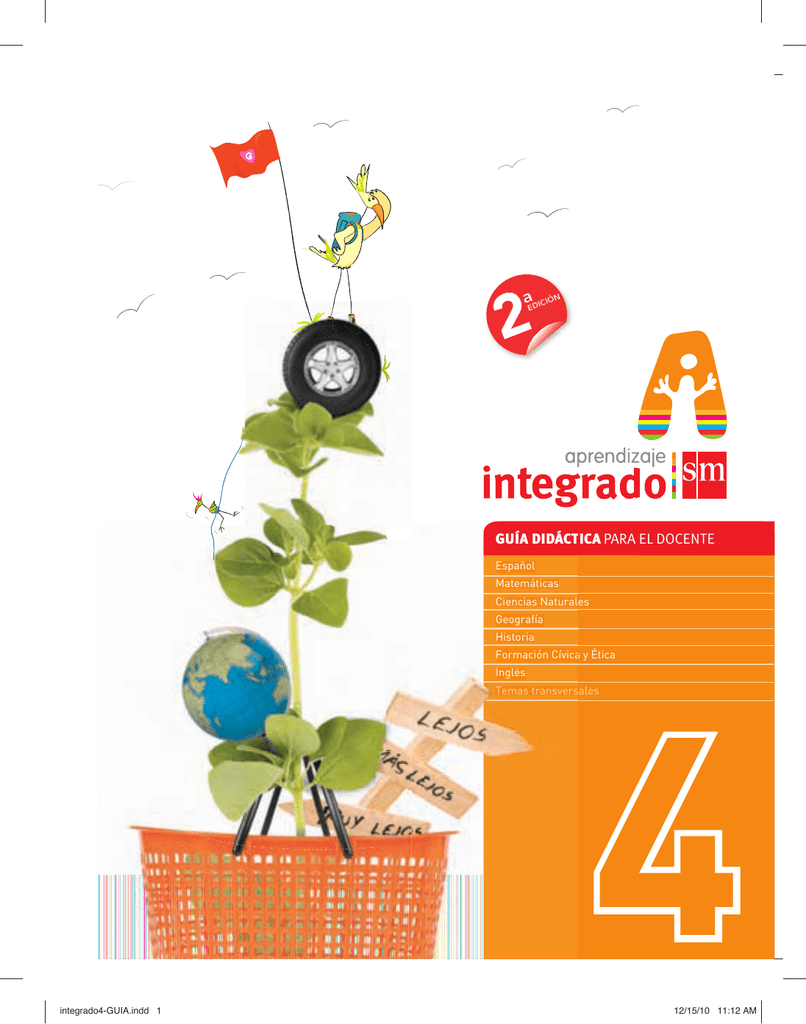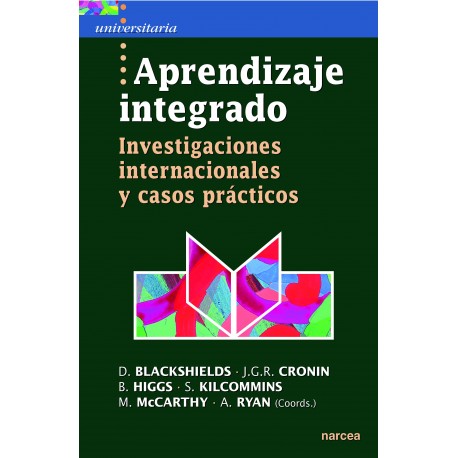

Scores obtained by CLIL and non-CLIL (n=4,231) learners aged 9-10 in a writing task and in a reading comprehension test were compared. To explore the impact of Content and Language Integrated Learning (CLIL) on literacy development in L1, a large-scale study was conducted in a monolingual autonomous community (Castilla-La Mancha) located in central Spain. This chapter explores literacy development in the mother tongue (L1) in bilingual education programs. Regarding gender, girls showed significantly higher satisfaction rates than boys, which contrasts with the findings of studies on satisfaction set in non-bilingual PE settings and seems to suggest that BPE contributes to creating more egalitarian learning scenarios.

Students in grade 3 obtained significantly higher results than in grade 6, thereby corroborating the trend observed in previous research that satisfaction decreases with age. The results showed the pedagogical intervention in English (CLIL-TGFU) positively impacted in amusement, with significant differences between the pre and post-test. Satisfaction was evaluated using the SSI-BPE (Sport Satisfaction Instrument in Bilingual Physical Education) and a questionnaire with open-ended questions. The study was set in a bilingual school of the CAM (Autonomous Community of Madrid) and the number of participants was n=158 (n= 85, boys and n=73, girls) from grades 3, 4, 5 and 6 of primary education. The main objective of this study was to ascertain the degree of intrinsic satisfaction and its variability due to age and gender in Bilingual Physical Education (BPE) implemented by combining the CLIL methodology (content and language integrated learning) and TGfU (teaching games for understanding).
#Aprendizaje integrado sm 6 pdf professional#
Our findings also suggest that the years of teaching experience influence their responses and there is a need for more professional development in both countries. Being proficient in two languages seems to have a positive effect on two categories: general perceptions and perceptions about parents. There are significant differences in their general perceptions and insights about resources, collaboration, students, parents and community.

Findings show that teachers from Spain rate bilingual education higher than teachers from the U.S. They completed a questionnaire about the effect of educational climate and policies in their own countries. A hundred and sixty-four bilingual education professionals from Spain and the U.S. Given recent efforts to enhance bilingual education, it is important to examine the perceptions of the current education workforce who serve students in bilingual education programs. Palabras clave: Aprendizaje Integrado de Contenidos y Lengua (AICLE) aprender a apren-der, estrategias metacognitivas, estrategias de aprendizaje.Īccess to high-quality bilingual education is critical and has evolved in many different ways during the last decades. Los resultados muestran un impacto significativo del bilingüismo en la adquisición de la competencia clave aprender a aprender. Para ello, alumnos bilingües (n=1,966) y no bilingües (n=14.713) de 2✮SO de Castilla-La Mancha realizaron una serie de tests que han servido para evaluar dos dimensiones de la competencia en aprender a aprender: " estrategias metacognitivas ", compuesta por dos estándares de aprendizaje relacionados con procesos metacognitivos y " estrategias de aprendizaje ", dimensión desglosada en cinco estándares conectados con procesos cognitivos. Impacto del AICLE en la adquisición de la competencia de aprender a aprender en educación secundaria en los programas bilingües de Castilla-La Mancha RESUMEN: Este trabajo estudia la influencia de las enseñanzas bilingües en la adquisición de la competencia clave de aprender a aprender. Keywords: Content and Language Integrated Learning (CLIL), learning to learn, metacog-nitive strategies, learning strategies. Results showed bilingualism had a significant effect on the acquisition of the key competence of learning to learn.
#Aprendizaje integrado sm 6 pdf series#
To do so, bilingual (n = 1,966) and non-bilingual students (n= 14,713) of Castilla-La Mancha enrolled in the 2 nd year of Compulsory Secondary Education took a series of tests designed to assess two dimensions of the competence of learning to learn: " metacognitive strategies ", made up of two learning standards related to metacognitive processes, and " learning strategies ", a dimension consisting of five standards connected to cognitive processes. In this paper the influence of bilingual education on the acquisition of the key learning to learn competence is examined.


 0 kommentar(er)
0 kommentar(er)
